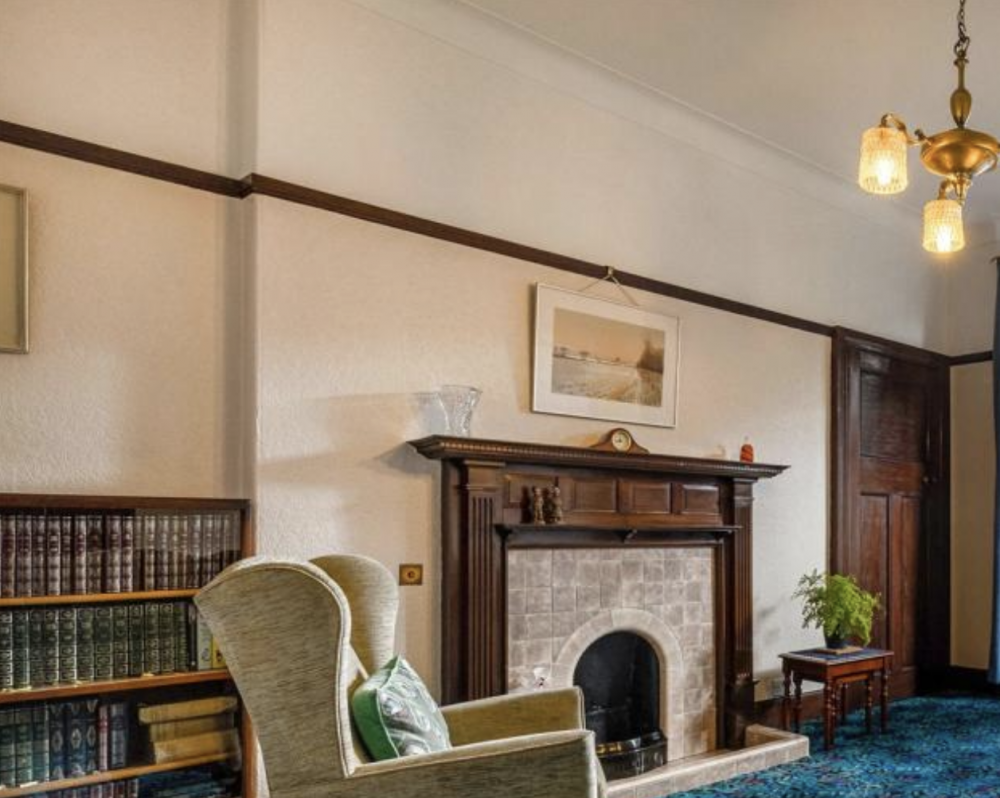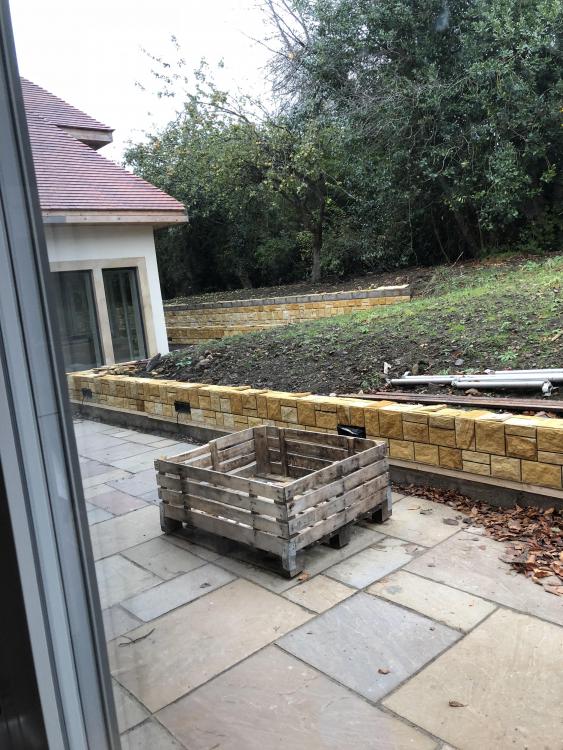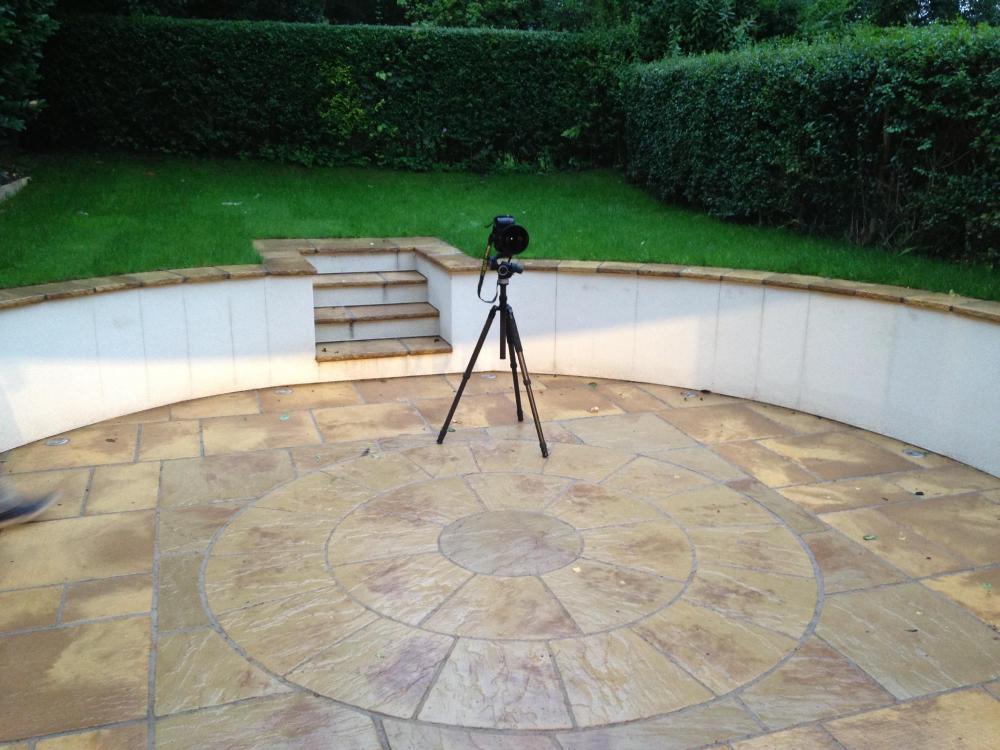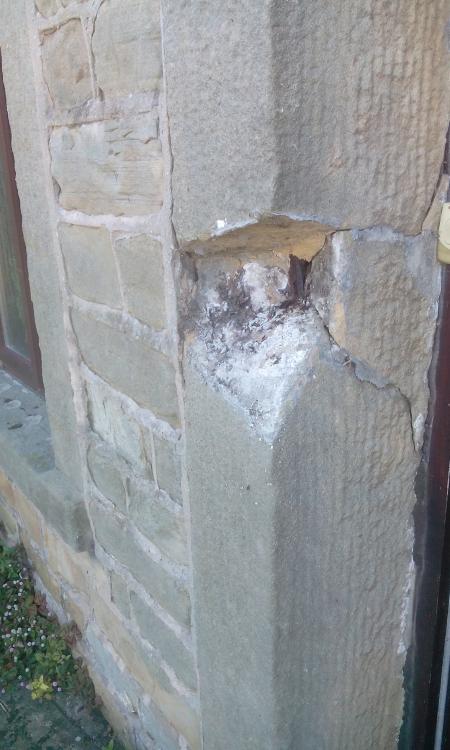Search the Community
Showing results for tags 'sandstone'.
-
Hi all - first post! ?? I'd be extremely grateful to anyone who can offer me any advice ? I'm looking for some "explain like I'm 5" answers to some questions I have about insulating my newly-acquired 1920s end-of-terrace, which is (needless to say) built with solid stone/masonry walls. I am thinking to perhaps externally insulate the rear wall, which already has some sort of rendered finish. However, I doubt I can externally insulate the sandstone on the rest of the building so am hoping to add some internal wall insulation. The side of the building has old (unused) chimney flues as shown in the pictures. Don't be thrown off by the door in the interior picture - this is the exterior wall behind there ? Onto the questions: Does the internal/external approach I've described seem broadly sensible? Do we agree that it's definitely worth doing internal wall insulation (even if I also insulate the floors and loft?) (assuming yes); with regard to the old flues (which I guess are actually a 'cavity' of sorts?) what is the best strategy for insulating here? What needs to be done to prevent damp issues? Esp. during the winter months, when the sandstone will be cold and wet I've seen products like 'StrormDry', which claim to provide long-term waterproofing of exterior surfaces. Are these legit and effective and would they be of any help in reducing the chance of damp issues? I expect a lot of disruption here of course so I'd generally prioritise 'better' solutions over mimimising disruption. Thanks for reading! ??
- 3 replies
-
- insulation
- sandstone
-
(and 1 more)
Tagged with:
-
We have a long retaining wall in the garden which we wanted to clad in stone. The architect recommended a drystane effect but neither my wife nor I liked that idea and we wanted something less rustic. We ordered coursed sandstone and the builders have started to put it up, but the stone that came is just very very yellow. My wife has decided that she doesn't like it and I can see her point. She thinks the issue is that the sandstone pavers are not uniformly yellow. We thought they were going to be yellow when they were ordered but they ended up being mixed sandstone. For some reason getting proper samples out of people seems to be an ongoing issue. Last week we refused to let the driveway get done in resin bound stone until we had an actual sample that we liked and a full bag of it, not a 2 inch square sample in a box that bears no relation to the actual colour. Anyway, having looked at it I don't think the pavers are the problem, I think the problem is that the colour is too yellow and that it is too many different finishes. I suggested changing it to ashlar stone to match the house, however, having spoken to the architect he suggested rendering it with a sandstone cope to match the house. This I think would look the best but has issues with staining which is why we didn't do it to begin with. I have a picture of the part complete wall and a picture of a rendered wall with staining issues which we want to avoid. Thoughts would be appreciated.
-
Following on from this post , and to prevent the Post Office suing us, I've been doing some experiments on mending the sandstone door post; and this is what I found. I decided on an experiment to see how I could glue one piece of sandstone to another. Using one of the many sandstone boulders lying around our garden (£5:00 each to anyone who'll come and take them away) .... I split one of the boulders straight down the middle. Easy. I drilled a hole straight through both halves of the stone and inserted a 12mm threaded rod to act as a pin. I glued (well, resin bonded) the threaded rod into place. And slid the two halves together In a couple of the boulders in the trial holes I drilled, the sandstone split. I don't want to repeat that experience when I do it for real on the doorpost. To make the holes, I used a cheap generic 14mm drill bit and a hand-held Bosch drill. How can I reduce the chance of splitting the sandstone on the doorpost? As I see it, I have a good chance of making the problem worse - splitting even more of the sandstone out of the doorpost.






